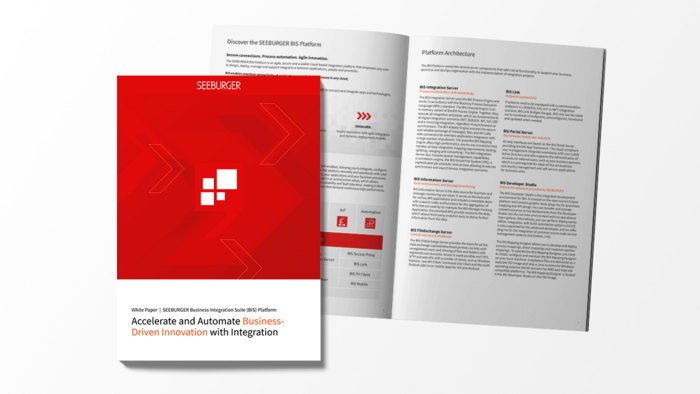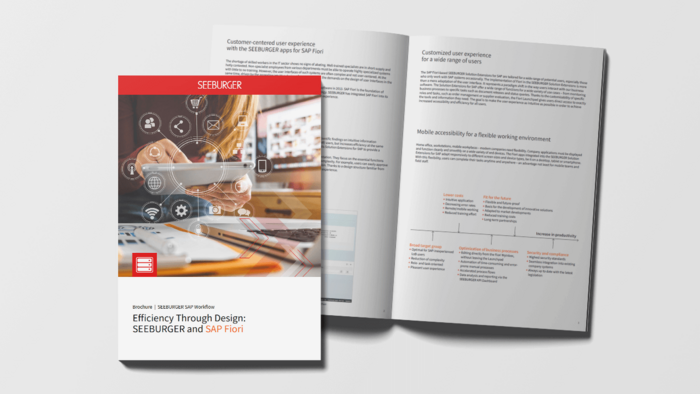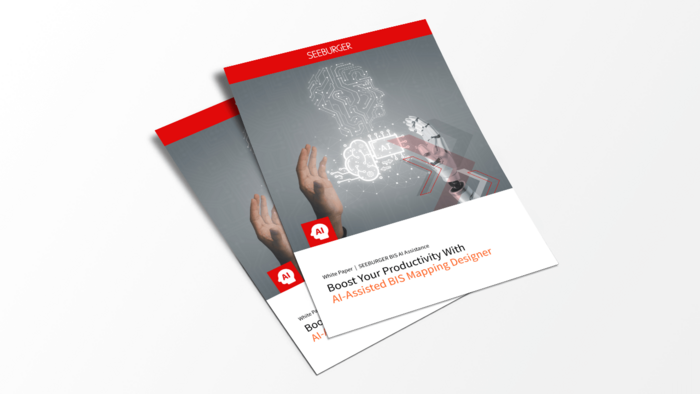Digitalization in the Automotive Supply Chain
Integrate and digitalize your automotive supply chains for effective and sustainable smart manufacturing collaboration with OEMs and suppliers
Learn more in our automotive white paperDrive innovation in your automotive supply chain
In an industry where an hour of downtime can cost millions, highly complex interactions between suppliers, logistics, production and sales must be seamlessly coordinated and optimized. Data security and fast, reliable, standardized communication channels are essential for providing everyone in the automotive supply chain with the parts they need in the right place at the right time. The digital transformation of the automotive industry, led by innovations in cloud technology, aims to consolidate all business processes, systems and partners, making processes lean, precise and sustainable with constant optimization. Today, you can quickly and efficiently locate new suppliers and easily integrate them with existing digital ecosystems. This is how digitalization in the automotive industry successfully contributes to ensuring that all systems are as streamlined and accurate as possible with an operating profit margin that maximizes shareholder value.
More than 14,000 satisfied customers
35+ years of experience
SEEBURGER has more than 35 years of experience working with OEMs, thousands of suppliers, and all tiers of auto manufacturing. We provide out-of-the box connectivity with prebuilt partner mappings and industry know-how. Drive digitalization in the automotive industry with a focus on real-time transparency, process automation and accurate, reliable data transmission with high security.
Benefits for your company
Drive real-time transparency, process automation, secure data transmission and efficient collaboration between OEMs and suppliers with business integration for digital supply chains.
Over the past 40 years, the formats EDIFACT, ANSI X12 and the communication protocols OFTP2, AS/2, SFTP have constantly evolved in line with the latest technology developments. Industry-specific B2B EDI solutions support the fast integration of business partners and processes. They also support connectivity with key B2B EDI standards and can be extended by API technologies (REST, JSON). A key factor in the success of digitalization in the automotive industry is the ability to centralize all current and future technologies in one integration platform, the SEEBURGER BIS Platform.
Semiconductor shortages and disrupted supply chains have made it increasingly important to know exactly when a required part will be available. Knowing what mode of transport is being used to send your parts, whether truck, ship, train or plane, is vital. Then, being able to track and trace the parts, using GPS coordinates and license plate identification to see where they are at any given time, is becoming crucial to ensuring smooth running production lines. VDA 4998 is the first industry-wide recommendation for using APIs in the automotive supply chain
This involves setting up new processes such as reporting transport status (IFTSTA), ordering and processing empties, as well as adding new message versions such as EDIFACT syntax version 4. Then, you need to connect additional partners via EDI and APIs such as upstream suppliers and logistics providers. A supplier onboarding campaign tool such as the SEEBURGER Community Management Application (CMA) makes is easier to set up and run these processes. Then, there's the question of using blockchain or EDI in the supply chain? Blockchain technology offers valuable support in origin tracing and in tracking the journey the parts take along the value chain.
Data security is resource intensive and costly, while not directly adding value to your products. This is why the automotive industry is increasingly outsourcing the integration disciplines of EDI and API management to specialized providers, generally through cloud or iPaaS deployment models.
Real-time data in smart manufacturing is becoming increasingly important, as well as ensuring integration via corresponding internal integration systems (EAI/ESB). Global associations have been founded to enable collaboration on a standardized platform in the automotive industry. One such association is the Automotive Industry Action Group (AIAG), an American non-profit organization founded by representatives of the three largest North American automotive manufacturers Ford, GM and Chrysler and counting over 800 members including OEMs, parts manufacturers and service providers to the automotive industry. Sterling work is also done by the AAF (ASEAN Automotive Federation) . In Europe, Catena-X is a platform specific to the automotive industry and based on the secure European network GAIA-X. It follows the principles of the International Data Spaces Association (IDSA).
Accessing information on and reducing the carbon footprint of manufacturing equipment, as well as striving to avoid empty runs and other unnecessary truck journeys, all helps to increase sustainability in the automotive industry. Energy labelling gives manufacturers an opportunity to highlight the sustainability of their products, while helping consumers choose products based on energy efficiency, energy consumption and performance. Digital product passports are being developed to digitalize product life cycles and digitally trace the origin of components and raw materials, as well as energy label information, in order to achieve a circular economy in the automotive industry. Here is where the use of connectors and APIs in the automotive industry can provide concrete support for sustainability strategies. APIs, for example, let transport management systems (TMS) receive new transport orders and optimize capacity. Sustainability is a core value in the automotive industry and includes the shift towards a "net-zero economy" and developing sustainable solutions to transform both products and the value chain. The development of a new kind of mobility includes the use of renewable energies, new types of batteries, networking, autonomous driving, e-mobility and shared mobility concepts.







